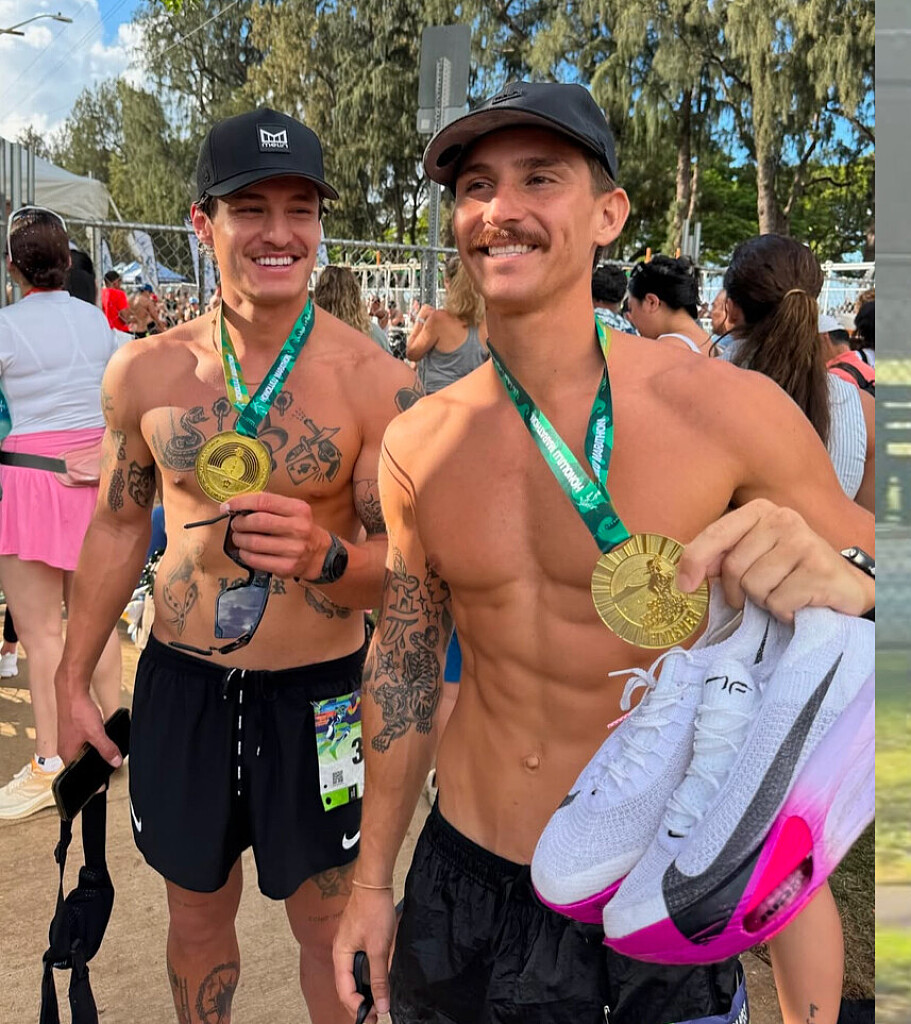Running News Daily
Running News Daily is edited by Bob Anderson. Send your news items to bob@mybestruns.com Advertising opportunities available. Train the Kenyan Way at KATA Kenya and Portugal owned and operated by Bob Anderson. Be sure to catch our movie A Long Run the movie KATA Running Camps and KATA Potato Farms - 31 now open in Kenya! https://kata.ke/
Index to Daily Posts · Sign Up For Updates · Run The World Feed
Chronobiology and Marathons – How to Hack Your Body Clock for Race Day Success
Imagine this. You’ve spent months preparing for race day, meticulously logging miles and fine-tuning your nutrition. But when the marathon gun goes off, something feels off. Your legs feel heavy, your focus is blurred, and instead of hitting your stride, you struggle.
It’s not just nerves—it could be your circadian rhythm working against you. The latest research in chronobiology (the study of the body’s natural clock) suggests that syncing your training, sleep, and fueling habits with your internal rhythms could unlock serious race-day advantages. Here’s how to tap into this powerful, science-backed strategy for your next marathon.

The Body Clock – Your Hidden Marathon Coach
Every system in your body—from energy production to muscle function—follows a 24-hour circadian rhythm. Key factors include
Energy cycles. Cortisol spikes in the morning to wake you up. Melatonin rises at night for recovery.
Muscle efficiency. Research shows endurance and strength peak in the late afternoon.
Recovery processes. Deep sleep fuels glycogen restoration and tissue repair.
But here’s the catch. Not everyone’s rhythm is the same. Your chronotype, whether you’re a morning “lark” or a night “owl,” dictates when you naturally perform best. A study in Current Biology found that athletes who train in sync with their chronotype can improve performance by up to 26 percent. However, most marathons start early in the morning, meaning night owls are at a biological disadvantage unless they train their body clock accordingly.
Why Early Race Starts Can Sabotage Your Performance
Marathon start times prioritize logistics, not biology. Whether it’s beating the heat or coordinating city road closures, most races begin at 7 or 8 AM. This is great for morning people but can be disastrous for night owls, whose bodies are still in sleep mode.
Add jet lag from destination races, and the issue gets worse. If you’re traveling across time zones, your circadian rhythm could take days to adjust, leaving you sluggish on race day.
Solution. Shift your sleep schedule in 30-minute increments starting one or two weeks before the race. Use morning sunlight exposure and strategic meal timing to reset your clock faster.
Train Your Body Clock for Race-Day Success

How do you adapt your training to match marathon timing?
Step 1. Identify Your Chronotype
Morning larks. Schedule key workouts early in the day.
Night owls. Shift workouts 10 to 15 minutes earlier every three days to gradually sync up.
Step 2. Mimic Race ConditionsFour to six weeks out, start running at the exact time your race starts to train your body to mobilize energy at that hour.
Step 3. Use External Cues (Zeitgebers)
Light exposure. Get 10 minutes of sunlight first thing in the morning to naturally boost cortisol.
Meal timing. Eat breakfast at the same time you will on race day.
Cold exposure. A cold shower after morning runs can help your body adjust faster.
Sleep – The Marathoner’s Secret Weapon
Sleep deprivation can wreck endurance, glycogen storage, and decision-making during a race. During training
Protect deep sleep. No alcohol, heavy meals, or screens two hours before bed.
Strategic naps. A 20-minute post-run nap enhances recovery without causing grogginess.
What about pre-race insomnia? It’s common for runners to struggle with sleep the night before a race. Don’t panic—just resting in bed with your eyes closed is still beneficial for energy conservation.
The Science Behind Kipchoge’s Sub-2-Hour Marathon
When Eliud Kipchoge shattered the two-hour marathon barrier in 2019, his team optimized every biological factor, including circadian timing.
His marathon in Vienna was scheduled for his peak performance window between 8 and 10 AM.
He adjusted his sleep and meal schedule weeks in advance to match race conditions.
He used light therapy to fine-tune his cortisol and melatonin cycles.
Most of us aren’t chasing a sub-2 marathon, but small tweaks in timing can still yield big performance gains.
Your Personalized Race-Day Chrono-Checklist
Three months out. Identify your chronotype and start syncing workouts to race time.
One month out. Gradually shift your sleep and wake times by 15-minute increments if needed.
Race week. Prioritize sleep over mileage and use light exposure to maintain rhythms.
Race morning. Wake up three hours before start time—your body needs 90 to 120 minutes to fully boot up.
Final Takeaway – Train With Time, Not Against It
Your body isn’t just responding to mileage—it’s responding to timing. Syncing your training with your natural rhythms can help you avoid injury, optimize performance, and feel stronger in those final miles. As Kipchoge says
"Only the disciplined ones are free."
And discipline, it turns out, means listening to your body clock.
by Boris Baron and Bruce Baronton
Login to leave a comment




